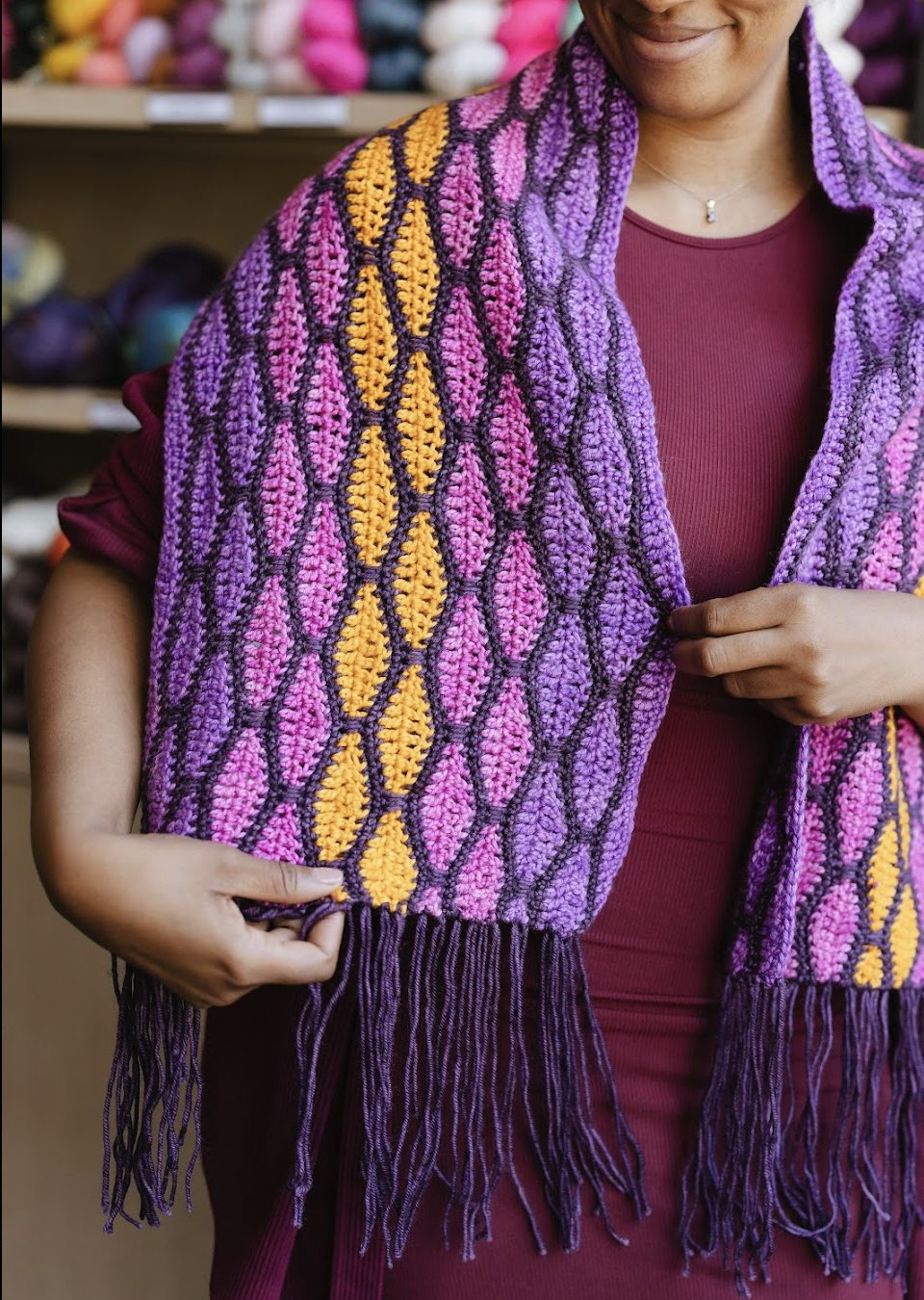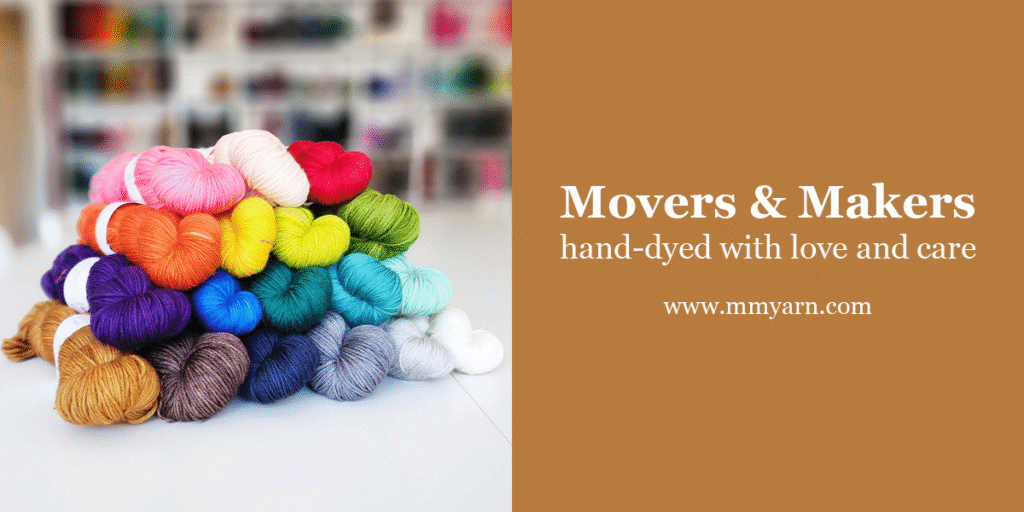By Samantha Brunson, GoSadi Early Access User & GoSadi CEO, Michele Costa
The world of ecommerce is constantly evolving, but doesn’t have to feel overwhelming. One of the key inspirations behind the GoSadi x h+h americas Content Creator Summit was to create a space for small businesses and creators to tackle these lessons together. At last year’s event, Michele Costa, co-founder of GoSadi, shared invaluable insights into how to build a successful ecommerce strategy. And now we are bringing the top tips to the community here at GoSadi.
Whether you’re selling handmade goods, creating a physical product, or digital patterns, understanding the fundamentals of online selling is key to growing your business.
If you didn’t get the chance to make the summit, then today is your lucky day! I’m going to share some of the lessons I took away from Michele’s lecture, Ecommerce Tips for Creators and Vendors.
Marketplaces vs. Platforms: Which Is Right for You?
Let’s start things off with a crucial decision every maker faces: Should you sell on a marketplace or a platform?
When you’re just getting started with ecommerce, it’s important to understand the difference between your Selling Channel options—marketplaces and platforms—and how each one impacts your business.
-
Marketplaces (like Ravelry & Etsy) are online stores where buyers are already searching for products.
Michele describes this audience as being in a “buying mindset,” which means they’re actively looking for something to purchase. This can make it easier to make initial sales, as there’s already traffic on the platform and most of the time that traffic came with intent to shop. You don’t need to convince this buyer to purchase a product, you need to convince them to purchase YOUR product.
-
Platforms (like Shopify or Squarespace) give you complete control over your online store but require you to drive your own traffic.
With platforms, they are essentially a host of your online shop and you’re responsible for building your brand, marketing your products, and cultivating an audience that will visit your website. This can be liberating because you have much more control over your buyers’ experience and the way you present your brand. In the same breath, when using platforms, you have to build out, design, and define your brand.
For further reading on this, check out our detailed breakdown of Marketplaces vs. Platforms to decide which option suits your business best.
Leveraging Selling Channel Relationships
According to Michele, the key to selecting the right ecommerce channel is knowing where your audience is. Most Selling Channels have an integration with particular social platforms. And as you know from your own experiences online, different types of buyers exist on each Selling Channel. It’s important to use that information to your advantage. It’s a bit of inside sports, but knowing the connections will help you soar to success. Find your buyer, match them to their preferred social channel, and then match the social channel to the selling channel that it is integrated with.
-
Etsy has an Instagram integration. Many Etsy buyers come from social media, and Instagram’s visual nature makes it an ideal match for showcasing your handmade products. It’s likely that if your buyer uses Instagram as a primary platform then Etsy is the right choice to reach them.
-
Shopify and Squarespace align well with Facebook, where you can build community-driven groups and pages that funnel traffic directly to your online store.
-
Shopify itself has a little known Social Selling level for $5 per month you can set up to sell through Instagram and Facebook without having to set up a full shop.
-
Weebly and Square are also strong contenders for those looking to customize their sales approach while benefiting from built-in integrations. And a lot of people may not know this, but Square OWNS Weebly and that means they will always work super well together and promote cross product integration.
When deciding where to sell, ask yourself, “Where does my audience spend the most time?” and “How can I leverage established relationships between platforms and social channels to grow my business?”
Why We Suggest Starting With a Marketplace
Marketplaces like Etsy and Ravelry are often the perfect launchpad for new sellers. The built-in traffic and buyer base can help you get your products in front of a wide audience looking to shop for your type of product quickly. However, as Michele highlighted in her keynote, relying solely on marketplaces can limit your business growth in the long run. This is why we suggest starting out on Marketplaces and then creating a roadmap to grow your brand into your own space.
Additionally, most Marketplaces provide tools to help you grow and build your business. Etsy recently introduced its Optimized Pricing Tool, which can benefit some sellers but might not be the right fit for others. If you’re navigating how pricing tools impact your business, this guide offers valuable tips on how to make it work for you.
Let the Marketplace do the heavy lifting while you get a good foundation set!
Once you are more established and begin developing your brand voice, it’s essential to diversify your sales channels over time. Using your own platform (like Shopify or Squarespace) allows you to build brand loyalty, control your pricing structure, and create a more customized shopping experience. Plus, it gives you the flexibility to grow your business on your terms.
Leverage Your Own Social Channels & Communities
Michele emphasized that “your ecommerce strategy cannot ignore the impact of social media.” She encouraged sellers to evaluate how well they’re integrating their online shops with social platforms.
Channels like Instagram/Facebook (through Meta Commerce), and Pinterest are powerful tools for driving traffic as well as building community and customer loyalty because they offer built-in communities much like marketplaces do. However, it’s important to remember that, unlike marketplaces, your audience’s mindset on these spaces is not one with intent to buy. Because there are so many reasons to be on a social channel, they may not always be in a “buying mindset” when they encounter your products.
Focus on blending your social media presence with your Selling Channels. This means not only sharing your products but also engaging with communities on social media where your intended customer hangs out. Get involved in Facebook groups, contribute to Ravelry discussions, subscribe to the newsletters of like minded sellers. Basically, interact with pages outside of your own and show that you add value beyond just being a salesperson for your brand.
Building authentic relationships through these communities will ultimately help you expand your reach and grow your brand.
Optimize Your Store:
Whether on a marketplace or a platform, optimizing your product pages is crucial for success. Enticing photos, clear navigation, engaging descriptions, and strong branding can make all the difference.
If you need help with this, GoSadi takes a lot of the guesswork off of your plate. Check out our tips on optimizing your pattern pages for greater visibility and how you can use GoSadi to do the work for you.
The biggest take away from Michele’s keynote is that starting your ecommerce journey is not always simple but always achievable once you have the right tools & community behind you. Let’s begin putting these action steps into practice together today.
Sign up for the GoSadi newsletter to join our community and get our bi-weekly updates and tips to help grow your creative business.









